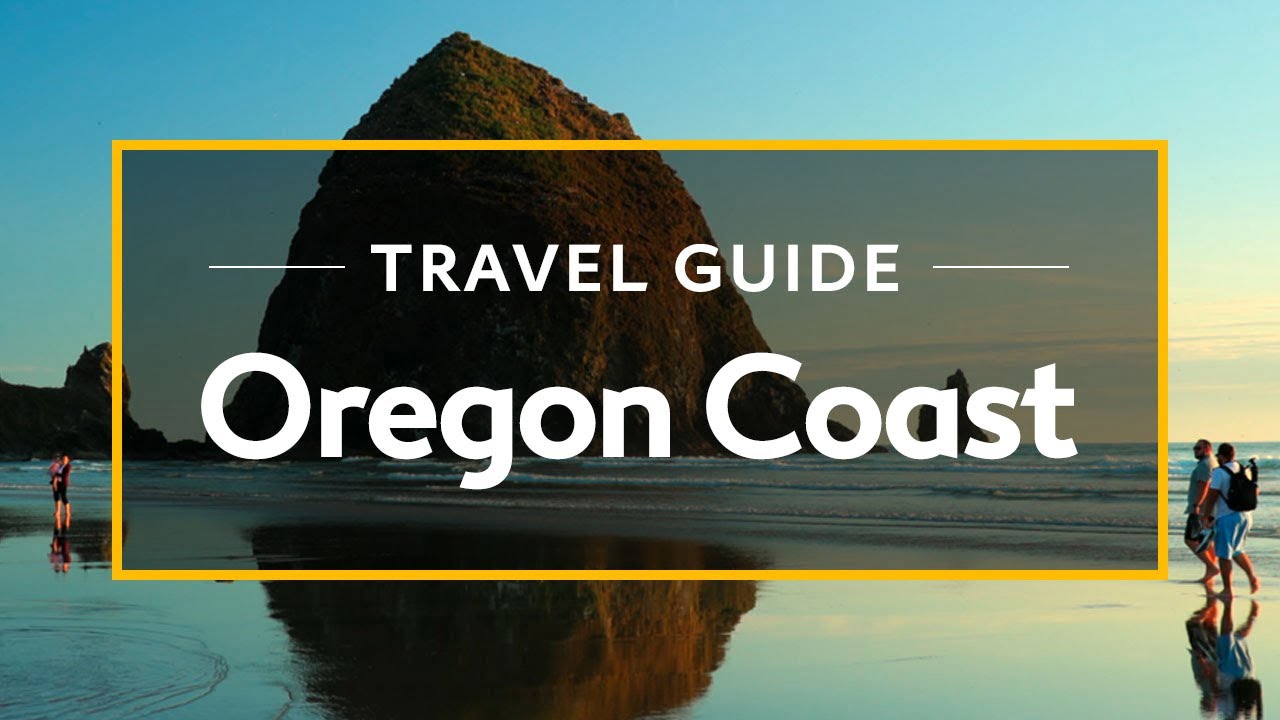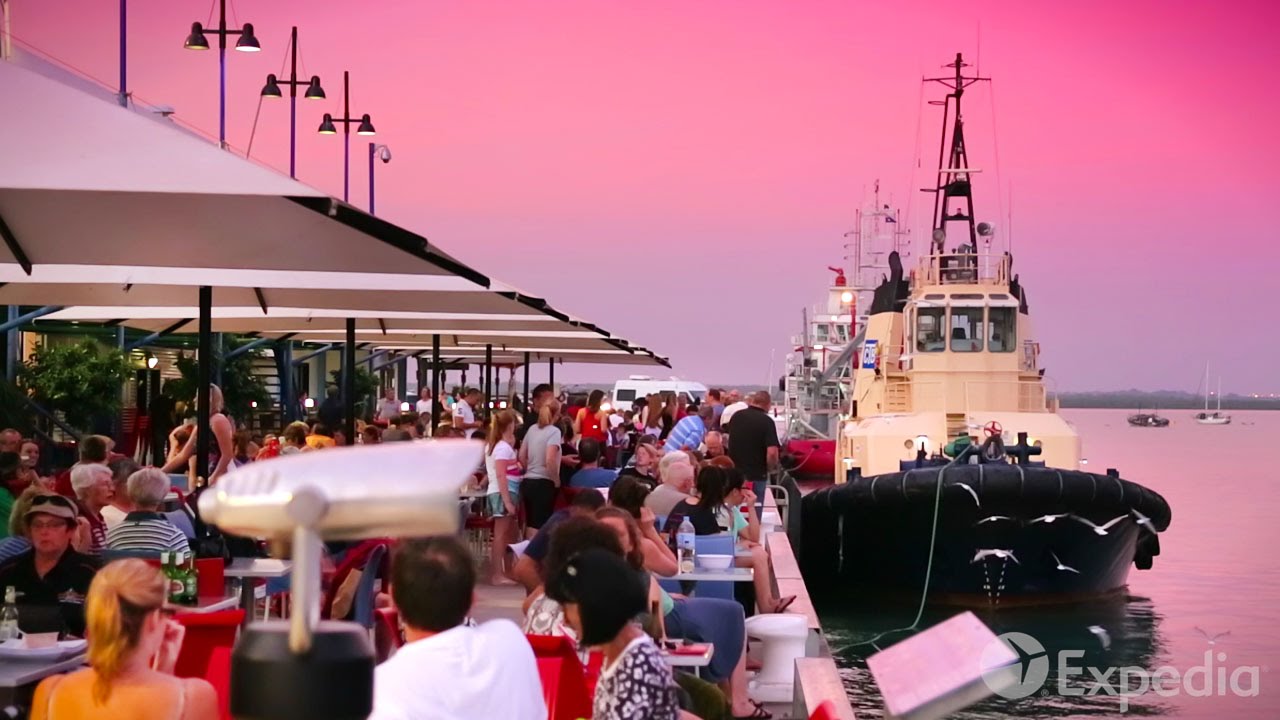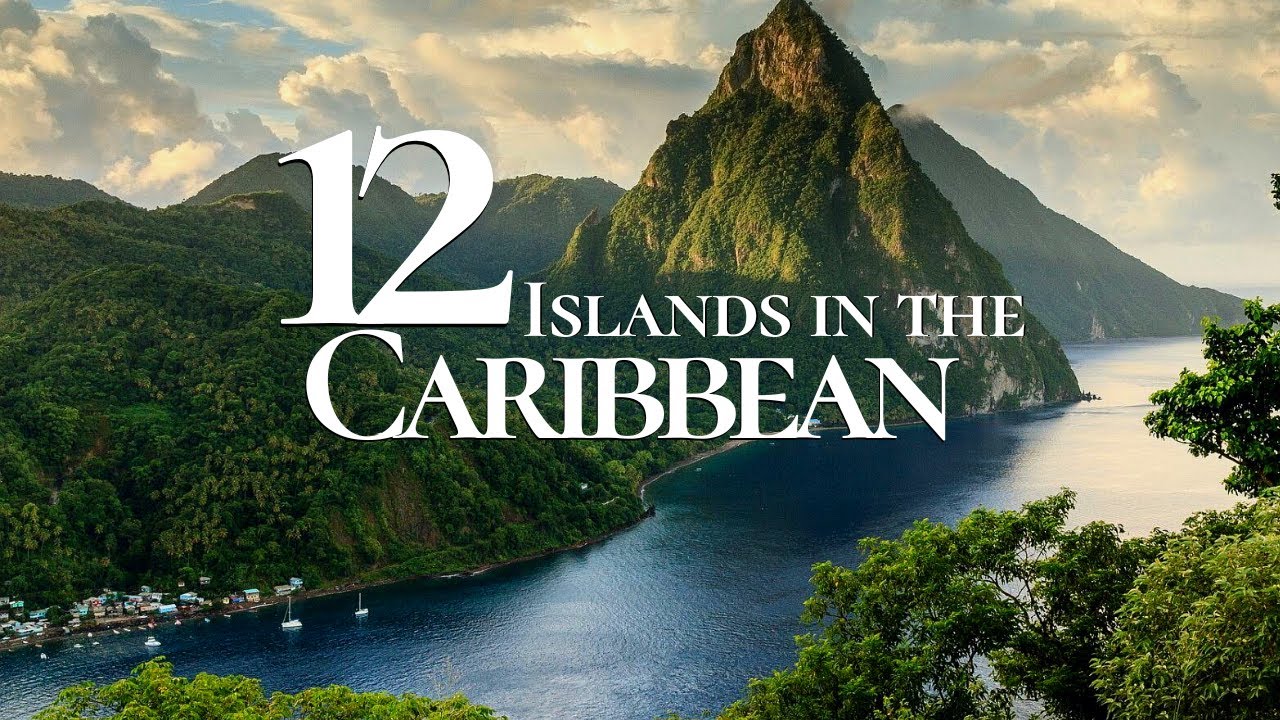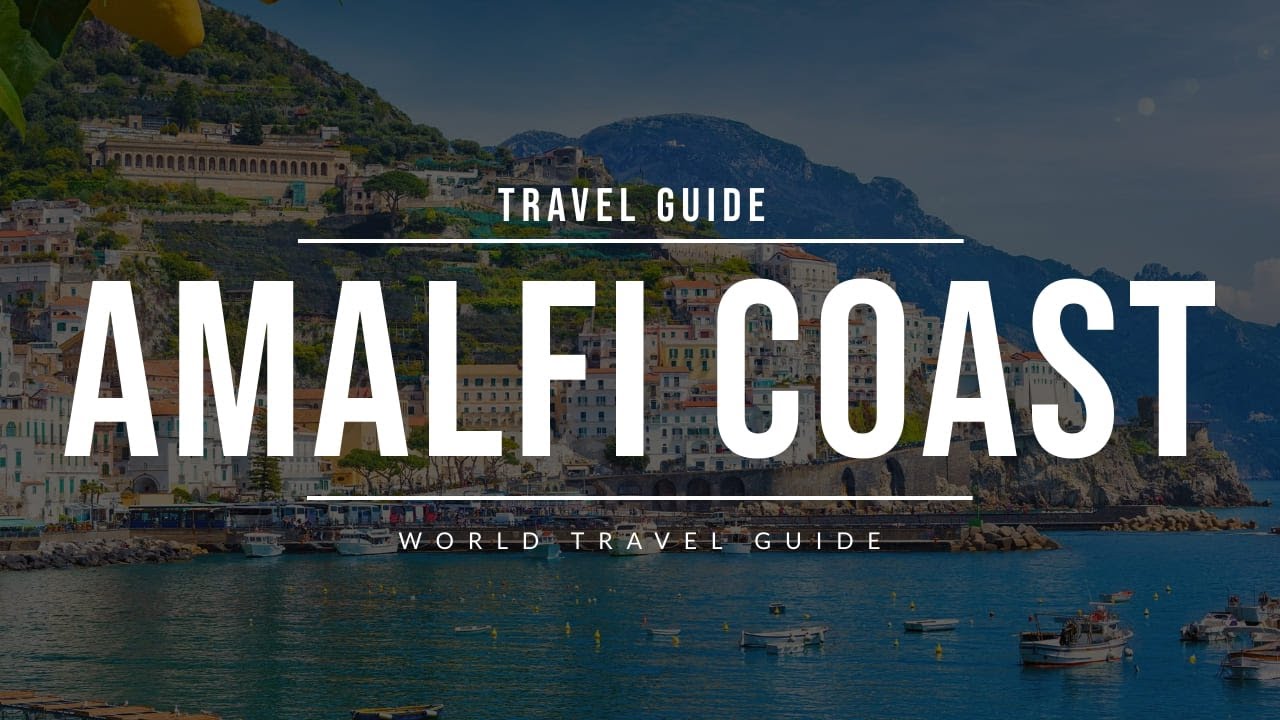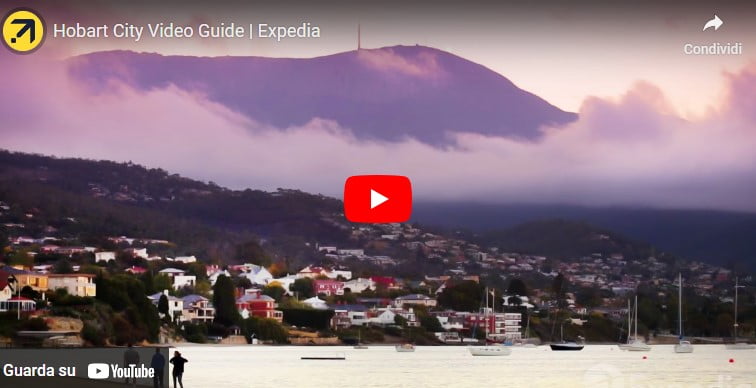Scotland is a very popular travel destination. The towns, highlands and lochs of Scotland attract millions of tourists. The capital of …
Scotland, a land of dramatic landscapes, ancient history, and vibrant culture, promises an unforgettable adventure. From the rugged peaks of the Highlands to the mysterious depths of its lochs, here’s your ultimate travel guide for an incredible trip to Scotland in 2025.
Best Time to Visit Scotland
Scotland’s weather is famously unpredictable, but each season offers a unique charm:
- Summer (June-August): This is peak tourist season, and for good reason. The weather is generally milder (15-25°C), daylight hours are incredibly long (the “long light” is perfect for photography), and all attractions are open. Be prepared for larger crowds, higher prices, and the notorious midges (small biting insects, especially in the Highlands).
- Spring (April-May): A beautiful time with blossoming landscapes, fewer crowds, and pleasant temperatures (10-18°C). The midges haven’t fully emerged yet, making it ideal for hiking.
- Autumn (September-October): Often considered the most beautiful time. The foliage turns brilliant reds and golds, the air is crisp (8-15°C), and the crowds thin out. Midges are less of an issue. It’s fantastic for scenic drives and photography.
- Winter (November-March): Cold (0-7°C) and often wet, with shorter daylight hours. However, it offers a magical, often snow-dusted landscape, especially in the Highlands. Major cities are festive, and many attractions remain open. Prices are lower, and you’ll experience a more authentic, less crowded Scotland.
Getting There and Around
- Airports: Scotland has several international airports:
- Edinburgh Airport (EDI): The busiest, serving the capital.
- Glasgow Airport (GLA): Another major hub.
- Aberdeen International Airport (ABZ): For the northeast.
- Inverness Airport (INV): The main gateway to the Highlands.
- Trains: ScotRail operates an extensive network connecting major cities and towns. The scenic West Highland Line (Glasgow to Mallaig) is one of the world’s most beautiful railway journeys.
- Buses: National Express and Citylink offer long-distance routes, while local buses cover shorter distances. They are a good option for budget travel, though slower than trains.
- Rental Car (Highly Recommended): For ultimate flexibility, especially to explore the Highlands, Islands, and remote areas, a car is essential. Remember, driving is on the left-hand side of the road. Roads can be narrow, winding, and single-track in rural areas.
- Ferries: Caledonian MacBrayne (CalMac) operates ferries to the Inner and Outer Hebrides, and Orkney and Shetland are served by NorthLink Ferries.
Top Things to Do & See in Scotland
Scotland’s diverse attractions cater to all interests:
Cities & History
- Edinburgh: Scotland’s capital is a UNESCO World Heritage site, famous for its dramatic architecture and vibrant atmosphere.
- Edinburgh Castle: Dominating the skyline, this historic fortress is home to the Scottish Crown Jewels and Stone of Destiny.
- Royal Mile: The historic street connecting Edinburgh Castle to the Palace of Holyroodhouse, lined with shops, pubs, and historic closes.
- Arthur’s Seat: An extinct volcano offering panoramic city views (a moderately challenging hike).
- National Museum of Scotland: Excellent museum covering Scottish history and natural sciences.
- Dean Village: A picturesque, tranquil oasis just a short walk from the city center.
- Glasgow: Scotland’s largest city, known for its Victorian architecture, vibrant arts scene, fantastic museums, and lively music venues.
- Kelvingrove Art Gallery and Museum: A magnificent civic museum with diverse collections.
- Glasgow Cathedral & Necropolis: A stunning medieval cathedral and an atmospheric Victorian garden cemetery.
- The Riverside Museum (Transport Museum): Housed in a striking Zaha Hadid-designed building.
- Stirling Castle: One of Scotland’s most historically significant castles, beautifully restored and offering insights into royal life. Often rivals Edinburgh Castle for grandeur.
- Loch Lomond & The Trossachs National Park: Scotland’s first national park, offering stunning scenery, hiking, water sports, and charming villages like Luss.
- Urquhart Castle (Loch Ness): Iconic ruins dramatically set on the shores of Loch Ness, providing a perfect vantage point for monster spotting.
- Eilean Donan Castle: Perhaps the most photographed castle in Scotland, beautifully situated on an island at the confluence of three sea lochs.
- Skara Brae (Orkney Islands): A remarkably preserved Neolithic village, older than the pyramids, offering a fascinating glimpse into prehistoric life (UNESCO World Heritage Site).
- Melrose Abbey: Beautiful ruins of a Cistercian abbey, said to be the burial place of Robert the Bruce’s heart.
- Rosslyn Chapel: Famous for its intricate carvings and popularised by Dan Brown’s “The Da Vinci Code.”
- Culzean Castle: A magnificent clifftop castle designed by Robert Adam, set in a dramatic country park.
Highlands & Islands
- Isle of Skye: A truly magical island with dramatic landscapes, including:
- The Old Man of Storr: A prominent rock pinnacle.
- Quiraing: A spectacular landslip with unique rock formations.
- Fairy Pools: Crystal-clear mountain pools perfect for wild swimming (if you dare!).
- Neist Point Lighthouse: Westernmost point of Skye, offering incredible coastal views and sunsets.
- Loch Ness: World-famous for its elusive monster, but also a beautiful loch for cruises and exploring its shores.
- Glen Coe: A stunningly beautiful, U-shaped valley renowned for its dramatic mountain scenery, hiking trails, and poignant history. A must-drive route.
- Ben Nevis (Fort William): The UK’s highest mountain. For avid hikers, the ascent is a rewarding challenge.
- Cairngorms National Park: The UK’s largest national park, offering vast wilderness, mountains, forests, lochs, and opportunities for hiking, skiing, and wildlife spotting.
- Road to the Isles (A830 to Mallaig): A spectacularly scenic drive, passing the Glenfinnan Viaduct (Harry Potter’s Hogwarts Express bridge).
- Isle of Iona: A small, peaceful island off Mull, considered the birthplace of Scottish Christianity and a place of spiritual pilgrimage.
- Outer Hebrides (e.g., Isle of Lewis & Harris): Remote, wild, and incredibly beautiful, with stunning white sand beaches (Luskentyre), ancient standing stones (Callanish), and a unique Gaelic culture.
- Speyside Whisky Trail: The heart of Scotland’s whisky production. Visit distilleries like Glenfiddich, Macallan, or Strathisla to learn about the process and enjoy a dram.
- North Coast 500 (NC500): A spectacular circular driving route (around 516 miles) starting and ending in Inverness, showcasing the stunning coastal scenery of the northern Highlands.
Unique Experiences & Activities
- Whisky Tasting: Immerse yourself in Scotland’s national drink. Take a distillery tour, visit a specialist whisky bar, or attend a tasting session.
- Hiking/Walking: From gentle strolls to challenging Munro bagging (climbing peaks over 3,000 feet), Scotland offers world-class hiking for all abilities.
- Wildlife Spotting: Look out for red deer, golden eagles, puffins (seasonal), seals, otters, and even whales and dolphins along the coast.
- Boat Trips: Explore lochs and coastal waters; popular options include Loch Ness cruises, trips to the Isle of Staffa and Fingal’s Cave, or wildlife tours around Mull.
- Highland Games: Experience traditional Scottish culture at these events held throughout summer, featuring caber tossing, hammer throws, and piping.
What to Eat & Drink
Scottish cuisine is hearty and delicious, often focusing on fresh, local produce:
- Haggis: Scotland’s national dish (savoury pudding containing sheep’s pluck, minced with onion, oatmeal, spices). Don’t knock it till you’ve tried it! Often served with neeps (turnips) and tatties (potatoes).
- Fish & Chips: Best enjoyed fresh from a chippy by the coast.
- Smoked Salmon: Scottish salmon is world-renowned.
- Shortbread: A buttery, crumbly biscuit, perfect with tea.
- Cullen Skink: A thick, creamy soup made with smoked haddock, potatoes, and onions.
- Scotch Whisky: The iconic spirit! Explore different regions (Speyside, Islay, Highlands, Lowlands) for diverse flavors.
- Irn-Bru: Scotland’s other national drink, a bright orange, fizzy soft drink.
- Tablet: A sweet, sugary confection similar to fudge but with a harder, crumbly texture.
- Full Scottish Breakfast: A hearty fry-up including haggis, tattie scones, and black pudding.
Practical Tips for Your Trip
- Book Accommodation & Car Hire in Advance: Especially for the summer months and popular areas like Skye and Edinburgh.
- Dress in Layers: Scottish weather can change quickly. Be prepared for sun, rain, and wind, often all in one day! Waterproof and windproof outer layers are essential.
- Midge Repellent: If traveling in summer, especially to the Highlands, invest in a good repellent (like Smidge or Avon Skin So Soft).
- Cash: While cards are widely accepted, it’s useful to have some cash for smaller establishments or remote areas.
- Scottish English: Be aware that accents can be strong, but most Scots are very friendly and happy to help!
- Respect the Environment: Stick to marked paths, take all your rubbish with you, and follow the Scottish Outdoor Access Code.
- Public Holidays: Be aware of Scottish bank holidays, as some businesses may be closed or have reduced hours.
- Mobile Coverage: Can be patchy in very remote areas, especially in the Highlands and Islands.
Scotland is a land of legends, breathtaking beauty, and warm welcomes. Prepare to be captivated!
What aspects of Scotland are you most excited to explore?



